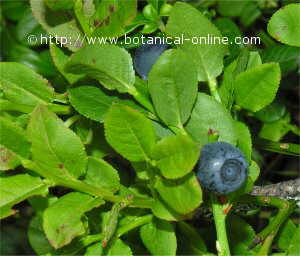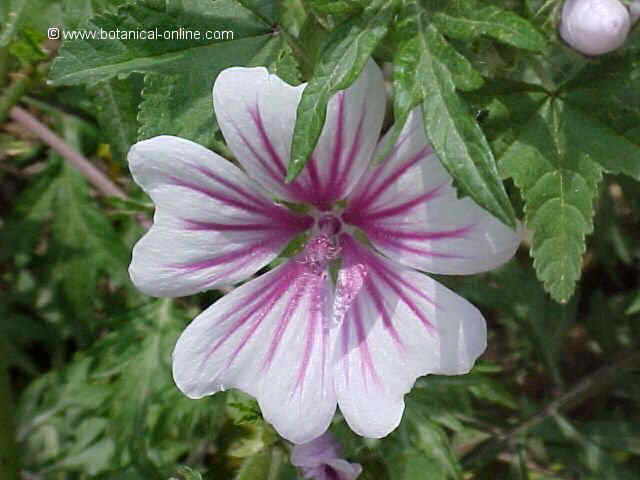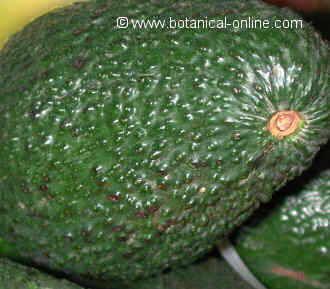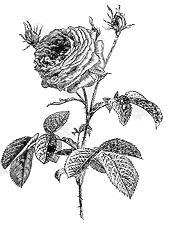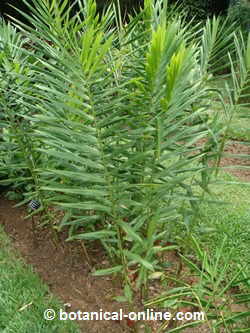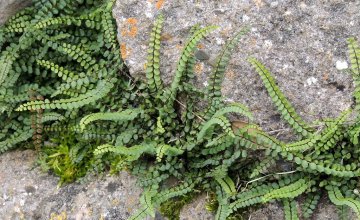Contents
PHYSALIS SPECIES (Physalis spp.)
Characteristics of the genus Physalis
Physalis gender is one of the largest among the plants of the nightshade family, and comprises about 90 species.
Etymologically, Physalis is a word derived from Greek phusa, meaning “bladder”, referring to the characteristic shape of the fruits of these species. This form is caused by the growth of the flower calyx at fruiting, to wrap the fruit in an inflated orange calyx at maturity. This type of cup is distinctive of plants belonging to the genus Physalis.
In 1735 Linnaeus classified all species of Physalis. These plants are of the family Solanaceae, tomato relatives typically hairless with pubescence herbs and flowers of white, yellow or purple.
Some species of Physalis contain pyrrolidine or tropane alkaloids in the roots, stem and leaves of the plant. They may also have steroidal lactones. Generally, their fruits are edible.
Origin of the genus Physalis
The origin of the genus Physalis is disputed by many scholars. Most of the species are native to Peru (P. peruviana), and it is believed that only one of them comes from Asia (P. alkekengi).
In general, they are perennial or annual plants originating in the New World and Asia that are currently scattered throughout the warmer regions of the planet as weeds. We can find species in Central and South America, Europe and West Asia.
Physalis species
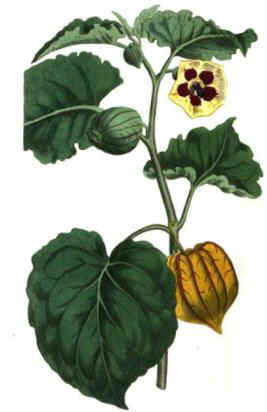
Physalis peruviana = Physalis edulis
- Cape gooseberry, uchuba, ground cherry, aguaymanto, Peruvian cherry, Physalis, African ground cherry (Physalis peruviana physalis = edulis): perennial plant native to Peru. It was consumed by Native Americans and later extended to Europe through trade and exports of the colonizers. This type of Physalis was exported to Europe in the late eighteenth century.
This species is the most popular, it is characterized by yellow fruits, slightly orange at maturity, brownish chalice. Its flavor reminds that of tomato, though this is more acidic. Very widespread use in pastry and catering, where it is used in the decoration of desserts, cakes and chocolates. Its flavor is very sweet and nice.
- Bladder cherry, Alquequenje, vesicle, bladder dog, English tomato (Physalis alkekengi): perennial plant native to Japan, China and Caucasian regions. It grows naturally in cultivated land, uncultivated places, fields, vineyards, olive groves and in the deciduous forest.
- Physalis angulata: annual plant native to India, Cochin China (Vietnam) and Japan. Oval leaves with dense pubescence. Small white flowers with short petioles. It is known as angular winter cherry, hogweed,
- Physalis pubescens: very common annual plant commonly called “strawberry-tomato” husk tomato, hairy groundcherry,.
- Physalis ixocarpa: Originally from Mexico, where it is consumed by the local population since pre-Columbian times.
![]() More information about bladder cherry.
More information about bladder cherry.

